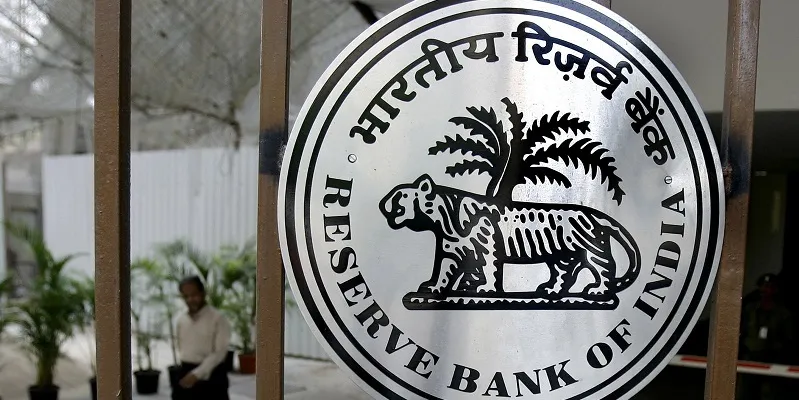India’s digital payments industry reacts to RBI’s 2021 vision for payment systems
RBI expects the number of digital transactions in the country will grow by four times by 2021 with this vision that also aims to enhance the strong foundation built over the last two decades.
The Reserve Bank of India has put out its vision document for the payment and settlement systems in India outlining the roadmap for 2019-2021.
According to the country's apex bank, the Vision 2021 for payment and settlement systems in India aims to enhance the strong foundation built over the last two decades.
RBI also stated that while the pursuit towards a ‘less cash’ society continues, accompanied by the ambition to have a less-card India as well, it also wants to also ensure increased efficiency, and uninterrupted availability of safe, secure, accessible and affordable payment systems.

Also read: Consumer complaints on digital payments grew by 9 pc: RBI
The payments industry seems to have welcomed RBI's vision.
Navin Surya, Chairman Emeritus, Payments Council of India (PCI), said,
“A clear vision is always the first step towards achieving a goal. Clarity in defining outcomes in terms of scale of digital and overall payments vis a vis GDP is a very good measurement to look forward to, and also assess the impact of work done by all stakeholders.”
RBI’s Vision 2021 for payment systems will concentrate on a two-pronged approach - exceptional customer experience and enabling an ecosystem, which will result in this customer experience.
The vision also aims towards empowering payment system operators and service providers, enabling the ecosystem and infrastructure, putting in place a forward-looking regulation, and be supported by a risk-focussed supervision.
Additionally, RBI is looking to serve segments of the population untouched by the payment systems.
Gaurav Chopra, Founder and CEO, IndiaLends, said,
“As a fintech player, being cashless and paperless are two important attributes of our business. RBI, through its document, spoke about four goalposts (4 Cs) – Competition, Cost, Convenience and Confidence. With growing competition, industry players will be able to offer services at an optimal cost to their customers. For awareness, RBI will bring-in strict norms to address the concern of cyber security.”
With concerted efforts and involvement of all stakeholders, the four goal-posts of Vision 2021 has 36 specific action points over the 36-month timeframe will have 12 specific outcomes.
Some of these outcomes highlighted by the RBI, include:
1) Given the current trend in cheque usage and the thrust to shift to digitised transactions it is expected that the volume of cheque-based payments would be less than 2.0 percent of the retail electronic transactions by 2021.
2) RBI expects payment infrastructure like UPI and IMPS to register average annualised growth of over 100 percent and NEFT at 40 percent over the vision period.
3) The apex bank expects that number of digital transactions is expected to increase more than four times from 2,069 crore in December 2018 to 8,707 crore in December 2021.
4) An increase of 35 percent in debit card transactions at Point-of-Sale machines. Further, RBI expects usage of debit cards at PoS transactions is expected to be at least 44 percent of total debit card transactions (at PoS + ATMs).
5) Given the current growth trend RBI also expects to have 5 million active PoS machines by end 2021. Digital PoS (QR code) is also expected to increase substantially and the total card acceptance infrastructure will be upscaled to six times present levels by end 2021.
Mandar Agashe, Founder and Vice Chairman, Sarvatra Technologies, added,
“One of RBI’s main objectives has been is to ensure debit card usage for which they are considering permitting all regulated entities like cooperative banks and NBFCs to setup PoS infrastructure across the country. This will give consumers the choice to choose from a variety of options on how to conduct their transactions. The 24X7 helpline that the RBI plans to set will help in instilling the confidence of the customers in the digital payment system.”
Mandar also added that the Geo-Tagging of payments system, highlighted by the RBI, as a part of the vision document will help the industry understand where and what type of transactions are taking place which will lead to curtailing frauds and understanding the behavior of the consumer.
However, the Vision document, did miss on a few aspects, Naveen, highlighted that RBI missed out on two aspects - KYC simplicity, digital KYC and KYC bureau as well as on simplification of existing policies to enable NBFCs to issue credit cards.
While the industry seemed to have welcomed RBI’s push towards growing digital payments in the country, we'll just have to see the plan unfold.
Also read: 10 areas RBI is looking at for its fintech regulatory sandbox







